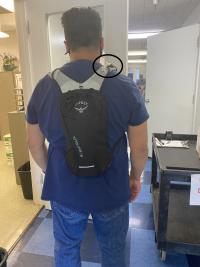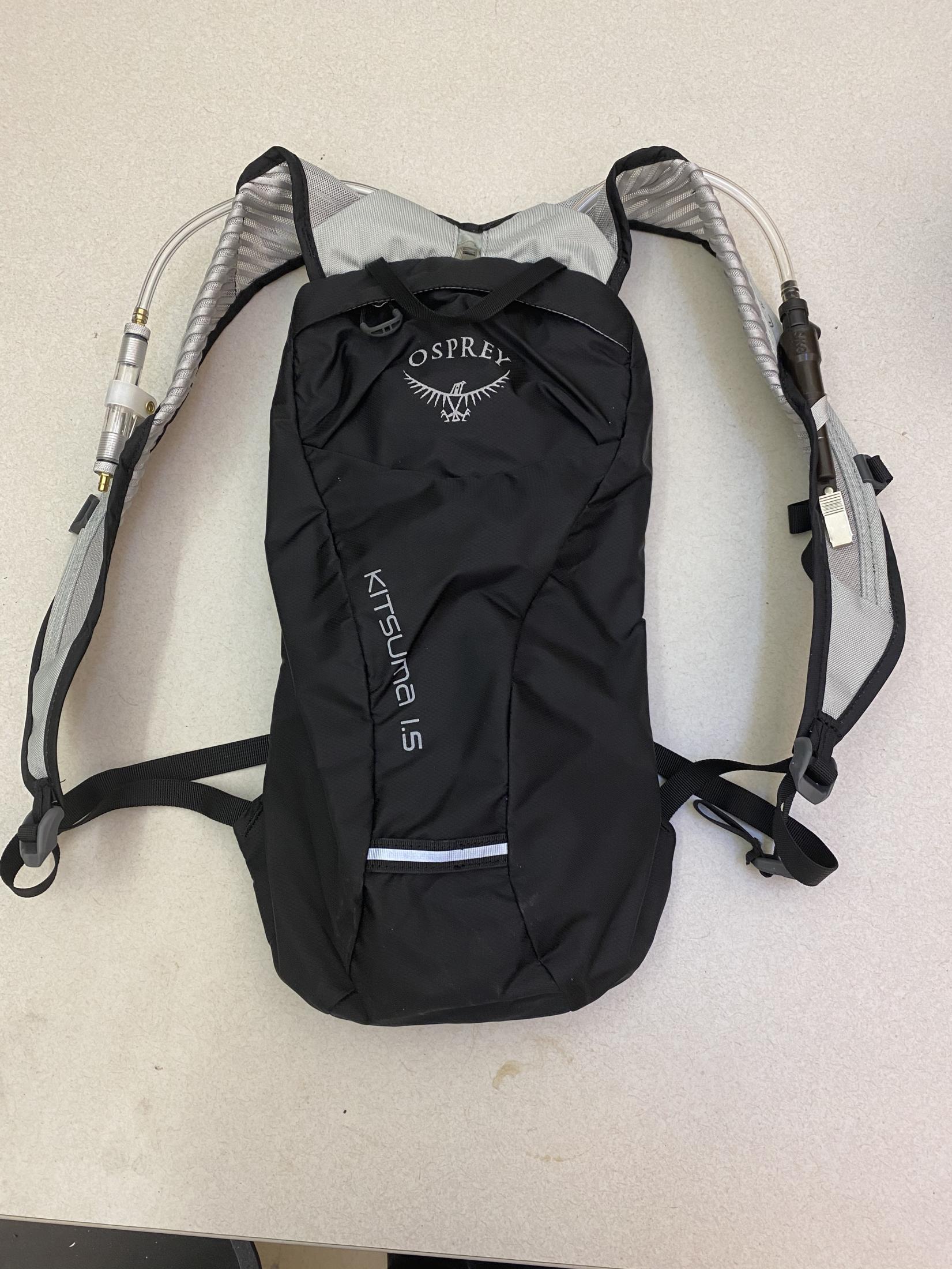UC Davis launches new citizen science project with community partners
Pesticide drift into communities across California's agricultural heartland is a major concern for local residents

A new research study stemming from one of the UC Davis Environmental Health Sciences Center's pilot projects began field work in May 2021. This project is a collaborative effort between Professor Deborah Bennett, PhD, an exposure scientist at UC Davis, and Jane Sellen, Co-director of Californians for Pesticide Reform.
“There is only limited data on personal exposure for residents of agricultural areas and thus we are excited to be able to gain more information, ” says Dr. Bennett of the study.
This study will help researchers and local residents better understand pesticide drift from agricultural fields into nearby communities. Scientists already know that when pesticides are applied to fields, they're found in air samples collected from stationary monitors up to a mile or more away, says Dr. Irva Hertz-Picciotto, Director of the UC Davis Environmental Health Sciences Center. "But this will be the first study to measure the chemicals in pesticides directly in the breathing zone of individual residents who live near those fields," she says.
"In this study, community residents will measure what's in their own backyards," says Nayamin Martinez of the Central California Environmental Justice Network.
This community-driven project measures a suite of over 25 pesticides in the air by monitoring local residents' personal exposure throughout the day. Pesticides include organophosphates, pyrethroids, fumigants and a variety of less studied compounds applied in the region. These compounds are either endocrine disruptors that interfere with hormones or potential neurotoxicants that can affect brain function and development.
"There are just a handful of pesticide air monitors for the whole state of California," says Sellen. "So efforts like this partnership with UC Davis can really help us understand what's in the air in agricultural communities in California, where some of the heaviest pesticide use in the world happens."
Some 36 adults across nine agricultural communities in three San Joaquin Valley counties will participate by going about their normal daily activities. Wearing a backpack with a small pump and two air sampling tubes for three days, they will turn on the sampler in the morning before leaving their house and wear the backpack for 12 to 14 hours. Study participants will follow a standard collection routine, which includes sampling only in authorized areas. UC Davis Professor Thomas Young’s laboratory will then analyze the samples they collect.
"There are many homes in Fresno County with only a chain link fence separating them from treated fields," says Nayamin Martinez, Executive Director of Fresno-based Central California Environmental Justice Network. "In this study, community residents will measure what's in their own backyards. Here in the Valley, there's a strong desire to know more about what's in the air we all breathe."
The California Air Resources Board is funding this project through its AB 617 Community Air Grants program.

